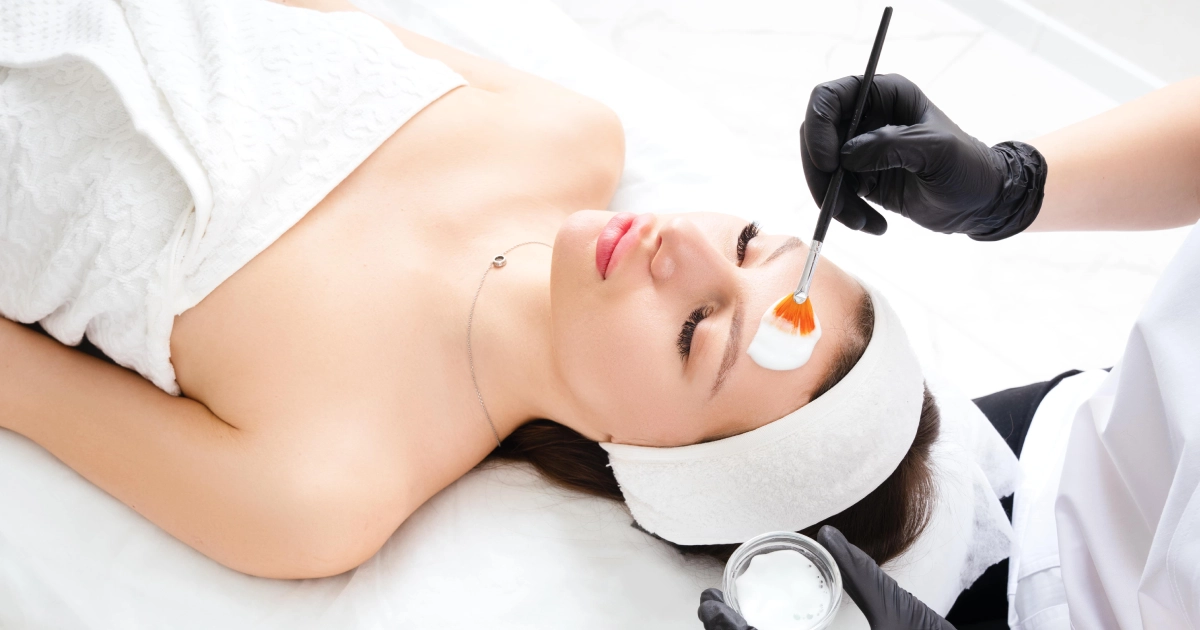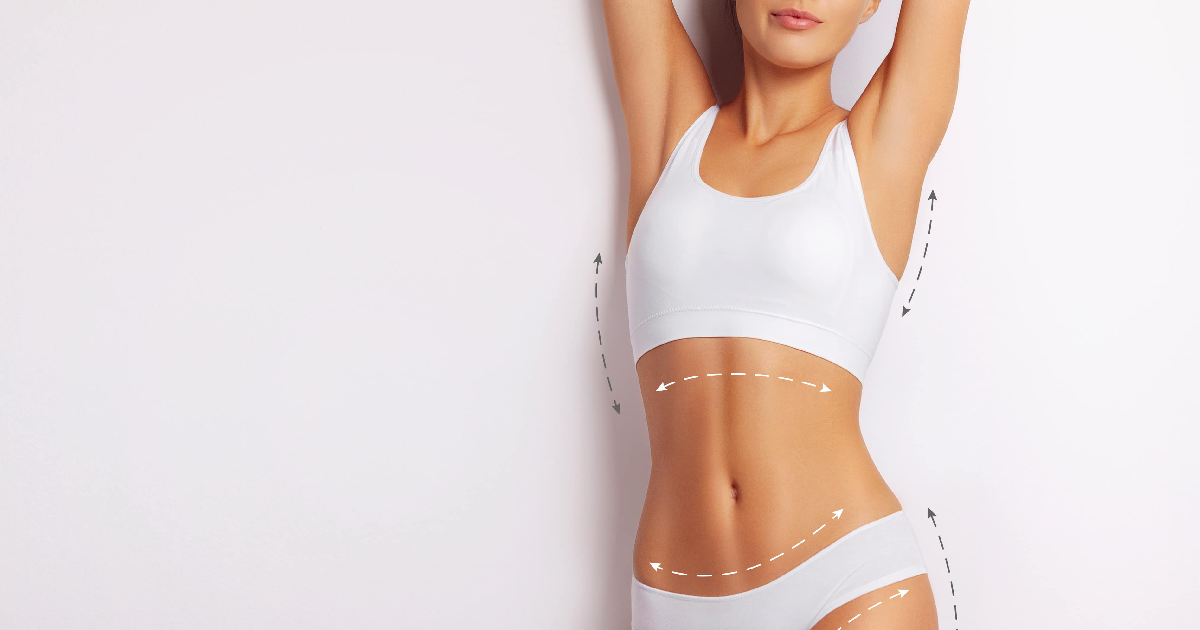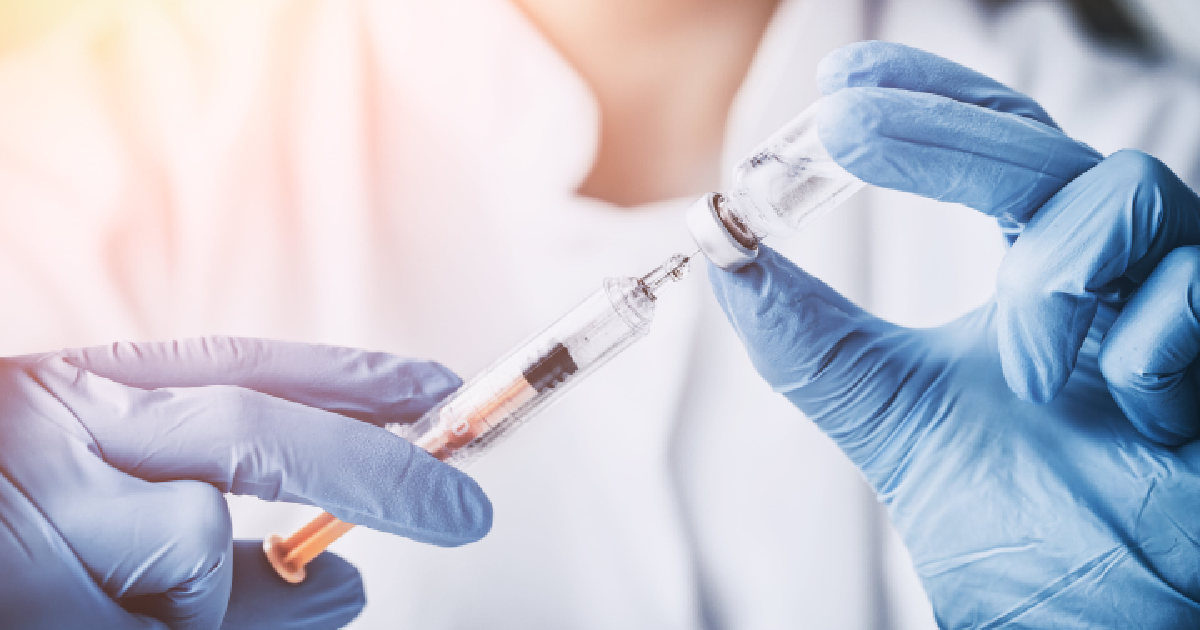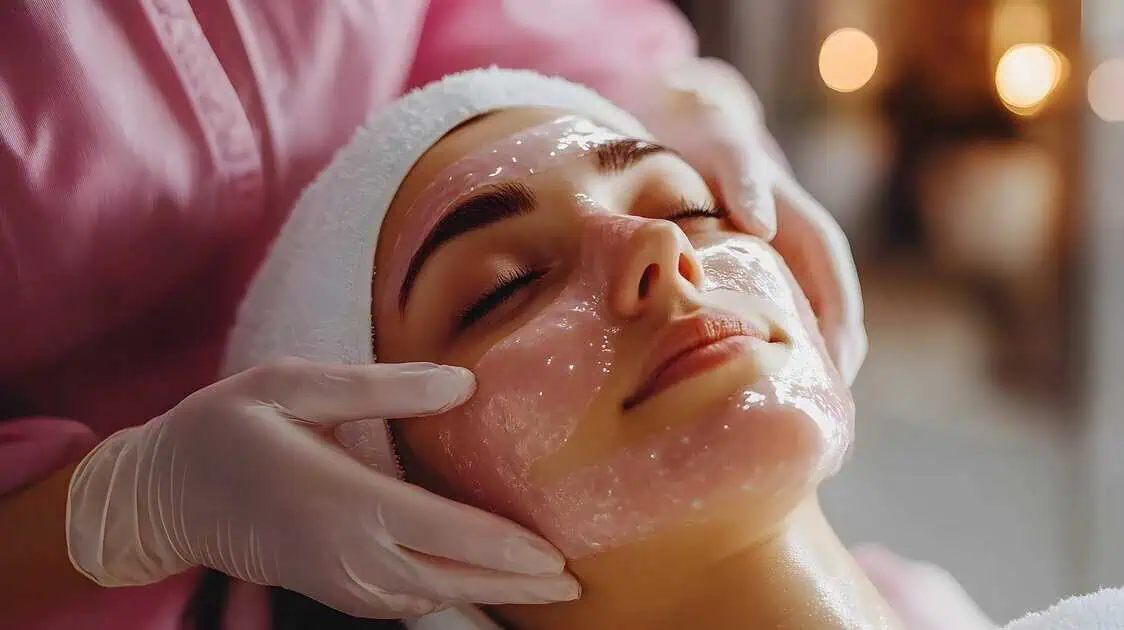Microneedling induces tiny punctures in the top layer of the skin, promoting collagen production and reducing wrinkles and fine lines. Unlike more invasive skin treatments, microneedling offers a simpler, less time-consuming option for those looking to enhance their skin’s appearance. The key to maximizing its benefits lies in understanding the optimal frequency for undergoing this treatment. While the idea of repeatedly piercing the skin might sound daunting, the process is well-tolerated and can lead to extraordinary microneedling before and after picture results.
Microneedling Overview
Microneedling is a skin rejuvenation method involving a device equipped with many tiny needles. These needles create very small punctures on the top layer of the skin, which might sound a bit intimidating at first. However, the purpose of these tiny punctures is quite beneficial. They trigger the body’s natural healing processes, including collagen and elastin production. Collagen and elastin are crucial proteins that give our skin elasticity and firmness, helping it appear more youthful.
The process works on the principle that minor injuries to the skin prompt it to heal itself, resulting in new, healthier-looking skin. This technique is not limited to addressing wrinkles and fine lines; it can also be practical for scars and enlarged pores and for improving the skin’s overall texture and tone.
Despite the use of needles, microneedling is considered minimally invasive, with little to no downtime required. Most people can resume their normal activities almost immediately after the procedure. It’s a versatile treatment that can be tailored to different skin types and concerns, making it a popular choice for those looking to enhance their skin’s appearance without undergoing more intensive procedures.
Microneedling for Wrinkles and Fine Lines
When the skin is punctured, it initiates a multiphase healing process. The body’s inflammatory response initially mobilizes immune cells to the injury site, releasing growth factors and cytokines, substances crucial for skin repair and rejuvenation.
Following the initial inflammatory phase, fibroblasts, cells essential for tissue repair, are activated. These fibroblasts produce collagen and elastin, the structural proteins that provide skin firmness and elasticity. Over time, the newly synthesized collagen helps to fill in wrinkles and fine lines, resulting in a smoother, more youthful skin appearance.
Furthermore, microneedling enhances the skin’s ability to absorb topical treatments, making it more receptive to anti-aging serums and creams. This synergistic effect accelerates the skin’s regeneration process and maximizes the efficacy of skincare products, leading to more pronounced and lasting results.
Assessing Your Skin’s Needs
Assessing your skin’s needs before considering microneedling is necessary for tailoring the treatment to achieve the best possible results. Here’s a straightforward approach to understanding what your skin might need:
- Skin Type and Condition: Determine your skin type (oily, dry, combination, sensitive) and any specific conditions (acne, rosacea, hyperpigmentation). Certain skin types and conditions respond differently to microneedling.
- Age and Skin Concerns: Consider your age and primary skin concerns, such as wrinkles, fine lines, scars, or stretch marks. Microneedling can be more effective for certain issues and age-related changes.
- Previous Treatments: Reflect on any skin treatments you’ve had in the past, including their outcomes. This information can help predict how your skin might respond to microneedling.
- Skin Health: Evaluate the overall health of your skin. Active infections, wounds, or severe acne outbreaks may require postponement of microneedling treatments.
- Lifestyle Factors: Lifestyle factors, such as sun exposure, smoking, and diet, can affect your skin’s condition and how it might respond to the treatment.
- Treatment Goals: Clearly define what you hope to achieve with microneedling. Understanding your goals helps in planning the treatment frequency and intensity.
Recommended Microneedling Frequency
The recommended frequency for microneedling treatments varies based on individual skin conditions and goals but generally follows a basic guideline for optimal results. Initially, a series of treatments spaced about 4 to 6 weeks apart is typical. This schedule allows the skin sufficient time to undergo the natural healing process and collagen production cycle.
- For General Skin Rejuvenation: Individuals seeking overall skin improvement may benefit from 3 to 4 treatments spaced 4 to 6 weeks apart. This regimen helps address minor texture issues, slight dullness, or early signs of aging.
- For Specific Concerns (Wrinkles, Fine Lines, Scars): More targeted concerns, like deep wrinkles, pronounced fine lines, or acne scars, often require more sessions. Up to 6 treatments, 4 to 6 weeks apart, might require significant improvements.
- Maintenance Phase: After completing the initial series of treatments, maintaining the results is crucial. A maintenance treatment every 6 to 12 months can help preserve the skin’s improved appearance and texture.
Some may see desired outcomes with fewer sessions, while others might need additional treatments. Consulting with a skincare professional before beginning treatment and after each session can help adjust the frequency as needed, ensuring the best possible outcomes for your skin.
Preparing for a Microneedling Session
Preparing for a microneedling session is straightforward, ensuring your skin is in the best possible condition for treatment. Here’s how to get ready:
- Avoid Sun Exposure: Minimize sun exposure and do not use tanning beds for at least two weeks before your session to reduce the risk of hyperpigmentation.
- Skin Care Products: Stop using products containing retinoids, exfoliating acids, or any other potentially irritating ingredients about a week before your appointment to avoid sensitizing your skin.
- Medications: Inform your practitioner about any medications you’re taking, especially those that affect blood clotting or skin sensitivity, as some may need to be paused.
- Stay Hydrated: Keeping your skin hydrated is beneficial. Drink plenty of water in the days leading up to your treatment.
- No Makeup: Come to your session with clean, makeup-free skin to reduce the risk of infection and ensure the best possible results.
- Healthy Lifestyle: Maintain a healthy diet and avoid smoking or drinking alcohol in the days before your session to promote better healing.
- Consultation: If your practitioner offers a pre-treatment consultation, use this opportunity to discuss any last-minute questions or concerns you might have.
Takeaway
At The Better Body Shop MedSpa, our team understands that each individual’s skin is unique, so we offer personalized consultations to craft a microneedling regimen that aligns perfectly with your specific skin needs and aesthetic goals. Embrace the opportunity to transform your skin’s health and appearance in an environment that epitomizes professional care and precision. Contact us today to schedule your assessment and see where our services can take you.










